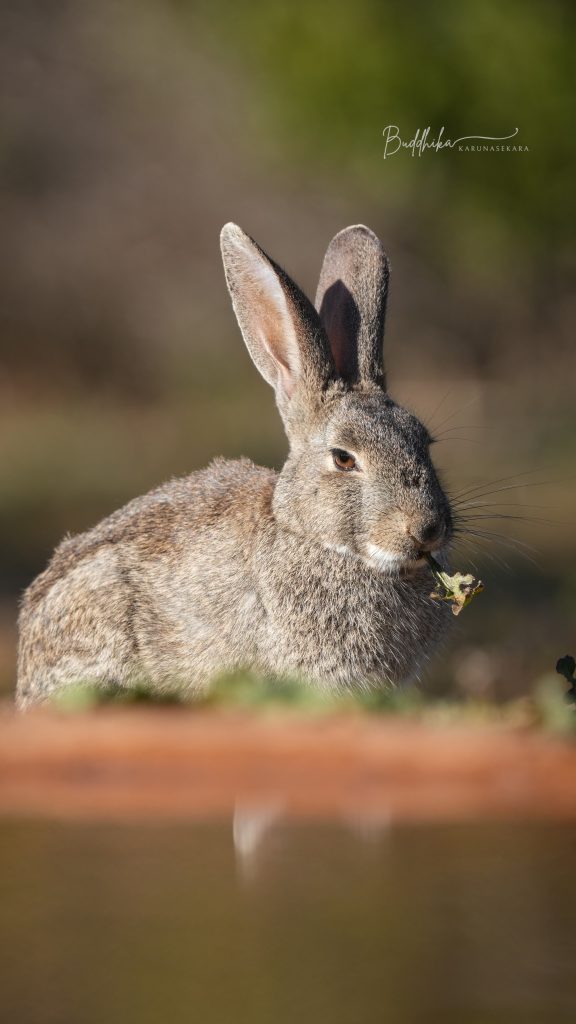
Hopping through centuries of European folklore, the rabbit has left an unforgettable mark on cultural imagination, transforming from a humble countryside creature into a complex symbol of luck, fertility, and, at times, misfortune.
Medieval European folklore painted an intriguing picture of rabbits, particularly in manuscript margins where they often appeared in role-reversal scenes, hunting dogs or battling knights. These “killer rabbit” images reached their zenith in the famous scene from Monty Python and the Holy Grail, drawing directly from these medieval illustrations.
The rabbit’s reputation for fertility spawned numerous customs and beliefs. In ancient Britain, seeing a rabbit in March (their traditional mating season) was considered lucky, leading to the phrase “rabbit rabbit” being uttered for good fortune. This connection to reproduction also made rabbits sacred to Eostre, the Anglo-Saxon goddess of spring, though some scholars debate the historical basis of Eostre. This association eventually evolved into the modern Easter Bunny tradition.
Germanic folklore added another layer to rabbit mythology with stories of Osterhase, a hare that laid eggs. This curious fusion of rabbit and bird characteristics demonstrates how folklore often blends natural observations (such as rabbits’ prolific breeding) with magical elements. German immigrants later brought the Osterhase tradition to America, which evolved into the Easter Bunny we recognise today.
In British rural traditions, rabbits were both beneficial and troublesome. While their meat and fur provided sustenance and warmth, their burrowing habits could devastate crops. This duality is reflected in folklore, where rabbits appear as both lucky charms and harbingers of disaster. The rabbit’s foot as a lucky charm emerged from this tradition, though the specific requirements for its collection (under a full moon, in a graveyard, etc.) hint at darker associations.
Welsh folklore presents an especially rich tradition of rabbit tales, with stories of shape-shifting witches preferring rabbit forms for their midnight mischief. For example, one tale tells of a farmer who shot a rabbit raiding his garden, only to find an injured woman in her home the next morning. This association with witchcraft led to various superstitions about rabbits crossing one’s path, particularly in mining communities where they were seen as bad omens underground.
Today, while rabbits remain common agricultural pests, their cultural significance has evolved. From Beatrix Potter’s Peter Rabbit to Richard Adams’s Watership Down, rabbits in literature continue to capture our imagination, building on centuries of folklore while adding new layers of meaning to this remarkably adaptive creature’s story.
Their enduring presence in our folklore reflects their ubiquity in the European landscape and their paradoxical nature—simultaneously vulnerable and resilient, destructive and productive, lucky and unlucky – making them perfect vehicles for human storytelling across generations.
